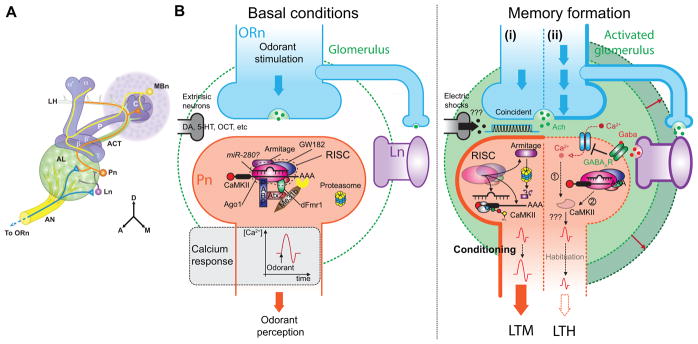Figure 2. MiRs and RISC machinery are involved in antennal lobe-associated olfactory memory.
(A) Schematic diagram of the olfactory nervous system in the right hemisphere of the adult fly brain. Olfactory receptor neurons (ORn, blue) project their axons through the antennal nerve (AN) to terminate in antennal lobe (AL) glomeruli: discrete, spherical, neuropil structures containing synaptic connections. In the AL, the ORn pre-synaptic terminals connect with and stimulate projection neurons (Pn, orange) and local interneurons (Ln, purple) using acetylcholine as a neurotransmitter (panel B). Pn send their axons through the antennal cerebral tract (ACT) to the calyx (C) of the mushroom bodies where they stimulate the dendrites of the mushroom body neurons (MBn, yellow). The Pn axons continue on to also synapse in an area of the brain called the lateral horn (LH). The axons of the MBn bundle together to form the peduncle (P) which projects in an anterior direction into the L-shaped neuropil of MB lobes. This neuropil structure is further divided into the vertical lobes (α and α′) and the horizontal lobes (β, β′, γ). The orientation guide for the panel indicates dorsal (D), anterior (A) and medial (M).
(B, left panel) In the dendritic terminals of Pn, RISC with associated miRs (miR-280?) may be complexed under basal conditions with unidentified mRNAs (CaMKII?) required for normal memory formation. Each odorant activates specific glomeruli that can be recorded by monitoring calcium signaling [50,85].
(Right panel) During memory formation, (i) when the odorant is closely associated with mild electric shocks, probably mediated by the Ach and DA coincident activation of Pn, it induces the synthesis of CaMKII with an odorant-specific pattern and the degradation of Armitage by the proteasome following the same spatial pattern. The level of CaMKII expression seems to be crucial for the odorant-induced response in Pn. The calcium response to the odorant is increased with a glomerulus-specific pattern. Flies avoid the odorant associated with the shocks for an extended period of time. This is the behavior revealing long-term memory of the association. (ii) Repeated odorant stimulation of Pn, by Ach and GABA together, decreases the odorant-induced calcium signal in Pn and potentially diminishes CaMKII activation (1) leading to long-term reduced avoidance through unknown cellular mechanisms. An alternative hypothesis (2) is that specific mRNAs, including CaMKII, are inhibited beyond the basal level of inhibition following repeated stimulation by the RISC in specific glomeruli. As shown by Sudhakaran et al. [55•], repression is dependent on multiple proteins including Ago1, Atx2 and dFmr1. The adaptive behavior persistent for an extended period of time is called long-term habituation. RISC associated proteins are not shown on the right panel for simplicity.

